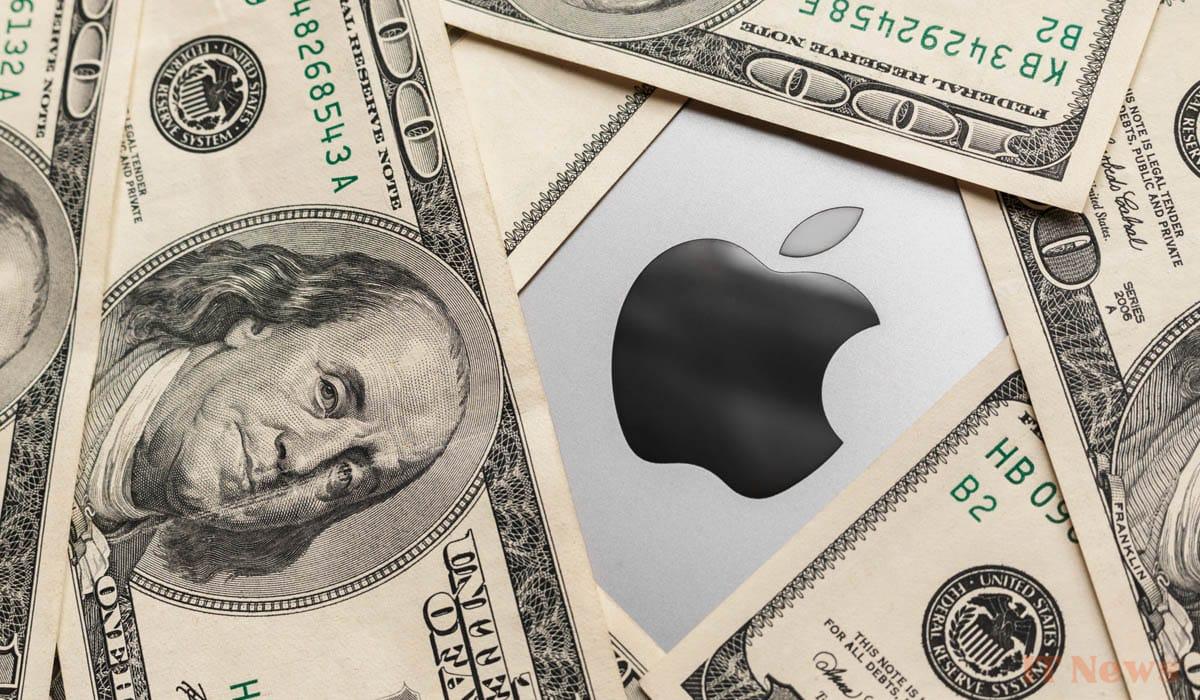Apple is making a big splash. The company has announced a colossal investment of $500 billion on American soil, spread over the next four years. This move comes amid growing economic tensions between the United States and China, and is part of a strategy aimed at strengthening its local presence while meeting the expectations of American authorities.
A massive investment plan for the American economy
Tim Cook, Apple's CEO, calls this commitment "one of the most significant in the company's history." The key is 20,000 new jobs in the United States and the creation of a server factory in Houston, Texas, intended to produce components previously manufactured abroad. The goal is clear: reduce dependence on international supply chains.
At the same time, Apple is doubling its US Advanced Manufacturing Fund, increasing it from five billion to ten billion dollars. This fund, launched in 2017, supports manufacturing innovation and the creation of skilled jobs. Apple is also investing in training academies to support skills development in the technology sector.
Positioning in the Face of Trade Tensions
The Trump administration has put strong pressure on American companies to repatriate their production, notably by threatening to impose heavy tariffs on Chinese imports. Apple, like others, has had to adapt its supply chain to limit its vulnerability to political fluctuations.
Tariffs on electronic components complicate the equation. Apple has already begun diversifying its production by turning to India and other Asian countries to reduce its exposure to US protectionist measures. By investing more in the United States, the company is seeking to secure part of its production while improving its image among policymakers.
A bet on innovation and competitiveness
This massive investment comes at a key time for the technology market. Faced with increased competition and a gradual saturation of the smartphone segment, Apple must optimize its margins and retain its American audience. Producing locally could allow it to avoid certain import taxes and reduce its costs in the long term.
However, the strategy also carries risks. Rising manufacturing costs in the United States could be reflected in the price of products like the iPhone or iPad, in a context where consumers are increasingly price-sensitive. Finding the right balance between local production and maintaining profitability will be a major challenge.
A lasting impact on employment and innovation
Beyond the economic impact, this investment could strengthen innovation at Apple. By developing its research and manufacturing capabilities on American soil, the company could accelerate the development of new technologies and consolidate its competitive advantage.
In an industry where innovation is the engine of growth, this strategic choice could well offer Apple a lasting competitive advantage. Everything will depend on the company's ability to effectively integrate new talent and structure its new infrastructure.
A politically influenced repositioning
Apple navigates between economic obligations and political imperatives. This choice of massive investment in the United States reflects a desire to meet the government's expectations while ensuring a certain independence from geopolitical tensions.
While other multinationals could follow this example, the question of the future of international trade remains open. Apple offers a model combining geographic diversification and local roots, an approach that could inspire many companies in an uncertain economic context.



0 Comments